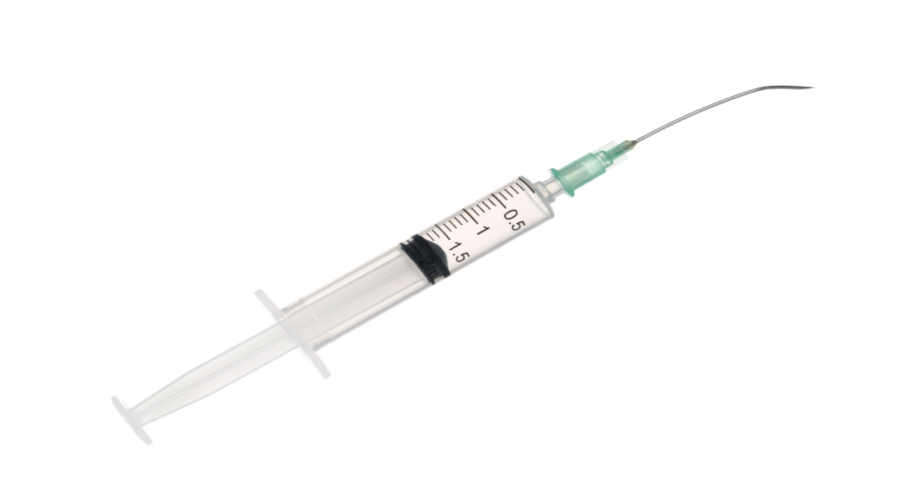The prevalence of mail-order and increased expectations for at-home across every industry means independent pharmacies need to offer delivery to be competitive. But offering a delivery service creates a transportation challenge.
It’s possible for employees to use their own vehicles to make deliveries, but that opens the pharmacy up to potentially expensive liability issues, which makes purchasing a dedicated delivery vehicle the best option for most pharmacies.
Before you make this big investment, here are a few things you should consider.
New or used
“New or used?” is an age-old question in car buying, and you’ll be faced with the same dilemma when purchasing a vehicle for your pharmacy. Here are the pros and cons of each option.
Used
A used car will almost certainly be cheaper than buying a new one. You may even be able to pay cash instead of financing it and not have to worry about a monthly payment eating into your cash flow. Insurance costs for used vehicles are generally cheaper, too.
With a used car, you won’t have to worry about taking a big depreciation hit, and if you decide to sell it down the line, you may be able to get back most of what you invested.
However, you could be sacrificing reliability if you choose a used vehicle, especially since you can’t know a car’s history just by looking at it. Maintenance costs also tend to be higher.
New
When you purchase a new vehicle, you know exactly what you’re getting. You know it hasn’t been in an accident or poorly maintained.
A shiny new car with your pharmacy’s logo on it can also serve as a good marketing opportunity for your business and increase brand awareness.
Of course, buying new is generally more expensive than buying used, and the car’s value depreciates as soon as you drive it off the lot. If you decide that it’s not a good fit for you after six months and try to sell, you’ll end up losing money.
Buy or lease
If you want the benefits of a new car but are hesitant about the high costs, leasing a vehicle could be a good option for you.
When you lease, you don’t have to make a big down payment and you can use that money to invest in other parts of your business. Lease payments are typically lower than loan payments, as well, and you generally aren’t responsible for maintenance costs.
However, some leasing agreements have penalties for driving too many miles over the lease term and you could be charged for wear and tear. Before you lease a vehicle, investigate the terms to make sure the agreement is compatible with using the car as a delivery vehicle.
On the other hand, when you buy a delivery vehicle, the upfront costs might be higher, but the car will ultimately become an asset on your balance sheet. You can also customize your car to your pharmacy’s needs.
Insurance considerations
Driving is one of the most dangerous things you can do every day, and driving for business purposes is often riskier than driving as an individual. Because of this risk, you need to have an insurance policy that protects you and anyone else driving your delivery vehicle.
Businesses generally have higher liability insurance requirements than individuals, so you should have a policy designed for commercial purposes. If your vehicle is covered under a personal insurance policy and you attempt to file a claim, your insurance company might not cover it if they find out the car is being driven for business purposes.
A commercial policy will cover any employees who drive the vehicle as well as any passengers. You may also want to add on:
- Personal injury protection and medical coverage
- Roadside assistance
- Personal effects insurance
In states that require individuals to carry uninsured motorist coverage or no-fault car insurance, your commercial policy will need to meet the same requirements.
Comparison shop to find a plan with the right coverage for the best price. If you’re not sure about what kind of coverage you need, you can employ a broker to research plans for you and present you with the best options.
Other hidden costs
In addition to insurance costs and monthly payments, there are many smaller, hidden expenses that come along with owning a delivery vehicle.
Make sure you’ve accounted for these costs in your budget before making the purchase.
Fuel
A delivery vehicle will be putting a lot of miles in getting prescriptions to patients all over town, which means lots of stops to fill up at the gas station.
Gas prices are notoriously unreliable, which means it may be hard to predict what your monthly fuel costs will be. Because of this, you may want to consider a more fuel-efficient vehicle to get more miles per gallon and minimize trips to the gas station.
Maintenance
Even if your delivery vehicle doesn’t get into any accidents, you still need to invest in regular maintenance to keep your car running smoothly.
The most common maintenance needs are oil changes and tire rotations performed every 5,000 miles. AAA calculates that the average cost of maintaining a car is 8.94 cents per mile driven.
If you purchased a new car, the factory warranty may cover these costs for the first three years or 36,000 miles, but even with a warranty, maintenance costs will eventually come up.
Registration and taxes
You will need to register your vehicle with your state, as well as pay property taxes. Both of these expenses will vary widely from state to state. Depending on where you live, these costs could set you back a few bucks or hundreds of dollars.
Do your research for your state and don’t let these annual expenses take you by surprise.
A Member-Owned Company Serving Independent Pharmacies
PBA Health is dedicated to helping independent pharmacies reach their full potential on the buy-side of their business. Founded and run by pharmacists, PBA Health serves independent pharmacies with group purchasing services, wholesaler contract negotiations, proprietary purchasing tools, and more.
An HDA member, PBA Health operates its own NABP-accredited warehouse with more than 6,000 SKUs, including brands, generics, narcotics CII-CV, cold-storage products, and over-the-counter (OTC) products — offering the lowest prices in the secondary market.












